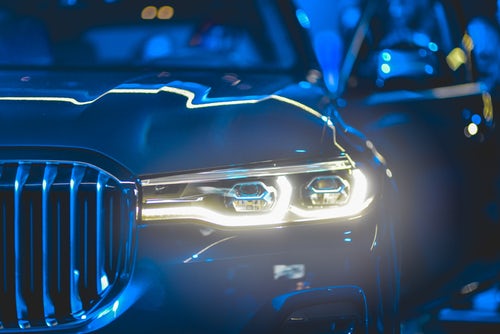THE FAD FOR DRIVING with fog lights on under any conditions has become almost endemic, but drivers make a number of equally annoying decisions about when and how to use the lights on their cars.
Here’s a quick overview of what you should and shouldn’t be doing:
Headlights fulfil a dual function. In the early days of motoring, the light they put out was so feeble they were virtually useless for lighting the way ahead, but even these dim lights made the vehicle visible to other road users. This “visibility” function is often forgotten, but using headlights during the day in poor weather conditions and when travelling on freeways and motorways is a good habit to get into because it makes it easier for other motorists to see you. Daytime running lights will not replace headlights under these conditions because they don’t illuminate your rear lights so following motorists may not be as easily able to see you. On highways, freeways and motorways, having your headlights illuminated means oncoming motorists know you are travelling towards them, not away; this can be of vital importance when you are overtaking.
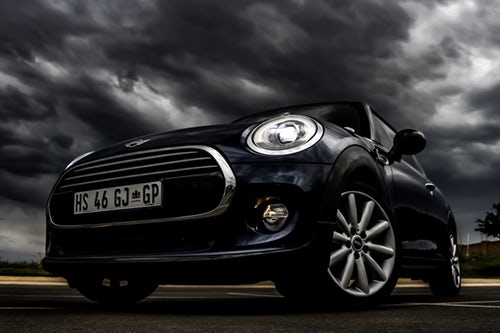
High beam can create glare and momentarily blind oncoming motorists or motorists ahead of you when they look in the rear vision mirror. You should only use high beam when there is no vehicle ahead, either approaching or travelling in the same direction. If you can see the tail lights of a vehicle ahead, dip your headlights to avoid dazzling him/her. Pedestrians and cyclists can also be momentarily blinded by your high beam lights (and even more so if you have auxiliary driving lights) so be considerate of them, as well. When an oncoming vehicle’s headlights cause you to react to the glare, dip your own headlights, or dip them as soon as the oncoming vehicle dips its headlights (but don’t make it a game of “who’s going to dip first”).
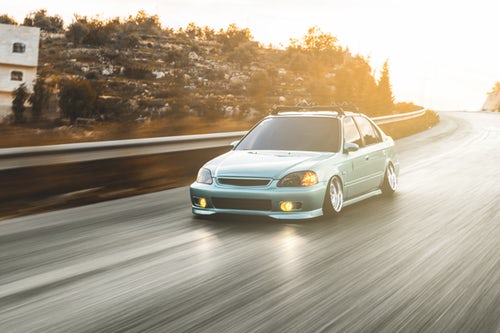
Fog lights are not daytime running lights. You should only use them when visibility due to fog, mist or rain is less than 100 metres. They are angled down to illuminate the roadway immediately ahead and to the sides, so at speed they do little to increase your vision. However, they can still dazzle oncoming motorists, and it is illegal to drive with them switched on when visibility is good. Switch them off. And almost immediately we posted this story, an alert reader commented that you should only use fog lights without headlights, and to have them both on at the same time is illegal – thanks, MM. (Editor: since it is illegal to have fog lights on at the same time as headlights, surely it wouldn’t be difficult to program cars to use one or the other but not both at the same time? Or make it an ADR requirement?)
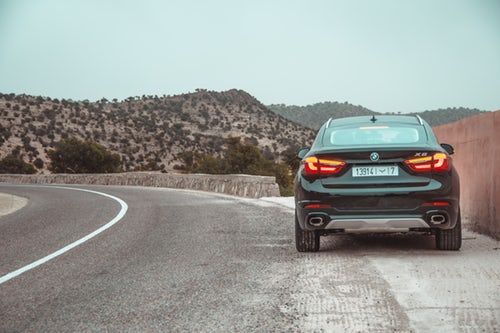
Hazard warning lights are designed to warn other motorists of a hazard, either concerning your own vehicle or another. They may be used when your vehicle is stationary and temporarily obstructing traffic or in a hazardous position. Generally speaking, you should not use them whilst driving or being towed. However, if you are driving on a highway, freeway or motorway and become aware of a hazard ahead (and in this category, I include emergency vehicles stopped in emergency lanes), activate them to warn following motorists that you are slowing well below the prevailing speed limit. Recent changes to the law have also made it acceptable to activate hazard lights when driving in heavy fog or rain to increase the visibility of your vehicle.
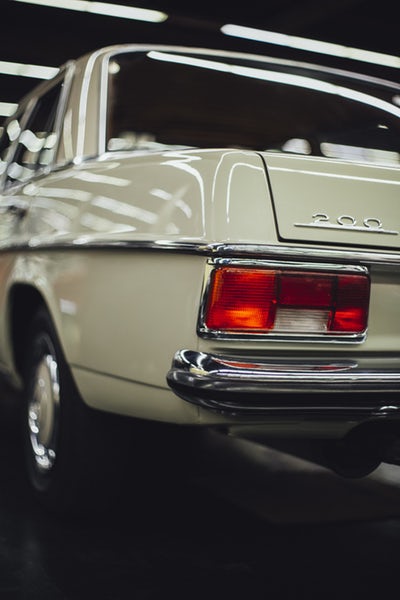
It is common for modern cars to have warning lights to advise you of a bulb failure, but you should still regularly check your lights to ensure they are all operating as they should. This includes tail lights, brake lights, eye-level brake lights, indicators, parking lights, fog lights and headlights. You should also check lenses to ensure they are not cracked, broken or faded. Headlights need to be checked for alignment – a badly aligned headlight has the potential to blind an oncoming motorist, even if you’re on low beam.
